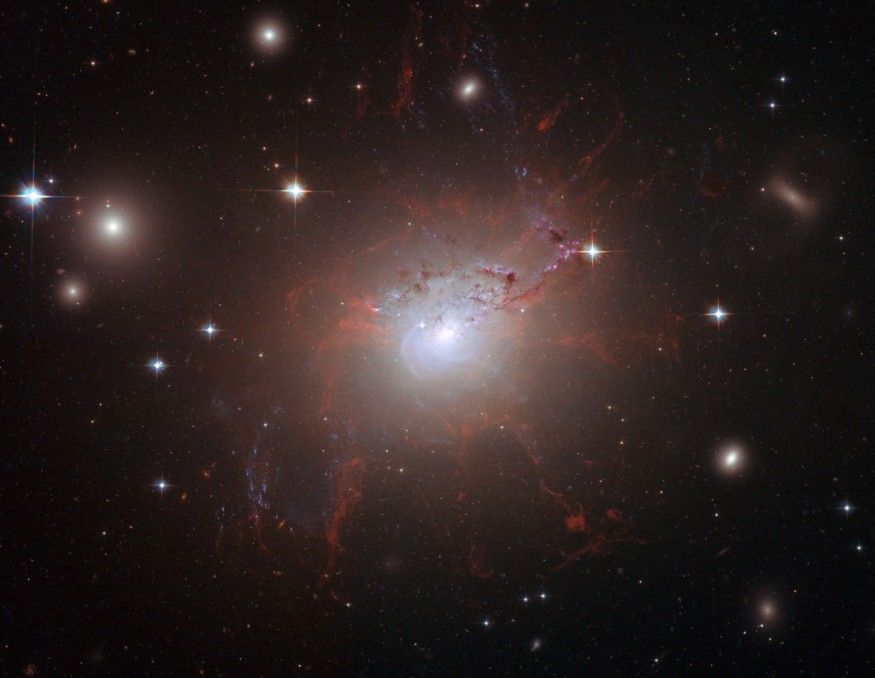Discussions about exploration of the cosmos by direct contact had already been on the table when University of California, Santa Barbara's professors Philip Lubin and Joel Rothman and their colleagues saw breathtaking advances in space exploration.
For them, the idea of interstellar travel is not barely in the "realm of science fiction", but a possibility, not just in mere lunar and interplanetary missions, but through sending life outside of solar system.

"I think it's our destiny to keep exploring," said Professor Rothman, a researcher in the Department of Molecular, Cellular and Developmental Biology at the University of California, Santa Barbara.
"Look at the history of the human species. We explore at smaller and smaller levels down to subatomic levels and we also explore at increasingly larger scales. Such drive toward ceaseless exploration lies at the core of who we are as a species."
Although proven possible, the researchers' biggest challenge to human-scale interstellar travel is the huge distance between Earth and the nearest stars.
Reimagining the power of technology "in human terms"
NASA's Voyager missions have proven that we can send objects across the 12 billion miles it takes to exit the bubble surrounding our Solar System, the heliosphere. However, it took 40 years for car-sized probes, traveling at speeds of more than 56,000 kmh, to get there. If we were to head to the nearest star, that would take over 80,000 years.
Obviously, this is a major challenge which is why the team focused on "reimagining technology" to reach the next solar system in human terms, but in order for this to be achieved, UCSB directed energy research program of using light as "propellant".
"This has never been done before, to push macroscopic objects at speeds approaching the speed of light," said Professor Lubin, a researcher in the Department of Physics at the University of California, Santa Barbara. "Mass is such a huge barrier, in fact, that it rules out any human missions for the foreseeable future."
With this provided, the team contemplated on launching small cryptobiotic lifeforms into interstellar space.
Also read : Scientists Warn for Solar Storms That Could Cause "Massive Blackouts" and Threaten Life on Earth
"Another way of spreading life, but in our Solar System"
Using probes with onboard instrumentation, the data collected and transmitted from and back to Earth will be propelled up to 20-30% of the speed of light by light itself using a laser array stationed on Earth, or the Moon.
"We don't leave home with it. The primary propulsion system stays 'at home' while spacecraft are 'shot out' at relativistic speeds," Professor Lubin said. "The main propulsion laser is turned on for a short period of time and then the next probe is readied to be launched."
As the program evolves the spacecraft become larger with enhanced capability, which can then be modified and used to propel much larger spacecraft within our Solar System at slower speeds, potentially enabling human missions to Mars in as little as one month, including stops.
In addition, the professors realized that the craft could also accommodate living animals.
The team's paper published in the journal Acta Astronautica notes that "getting to that level of technology will require continuous innovation and improvement of both the space wafer, as well the photonics."
© 2025 NatureWorldNews.com All rights reserved. Do not reproduce without permission.





